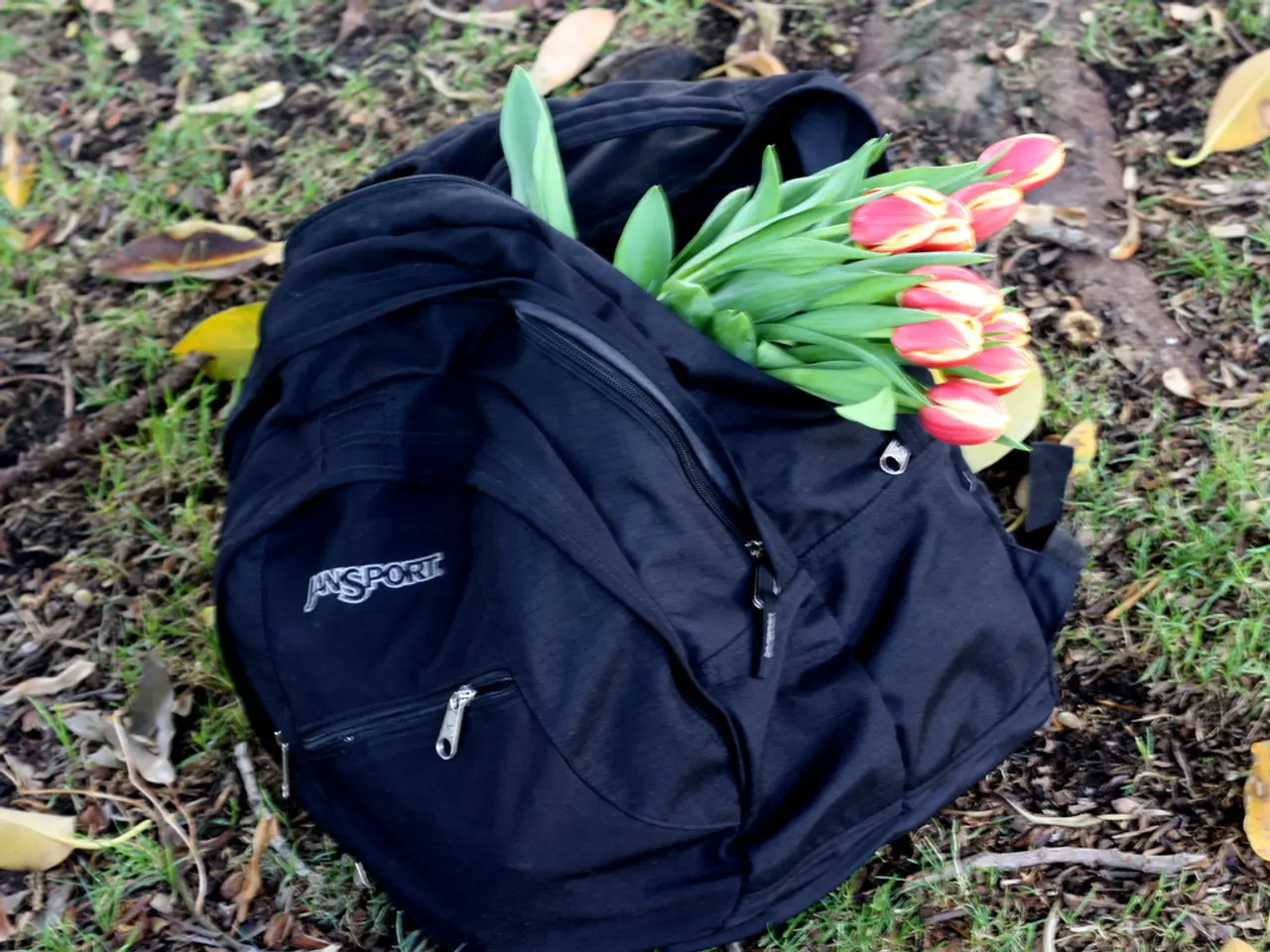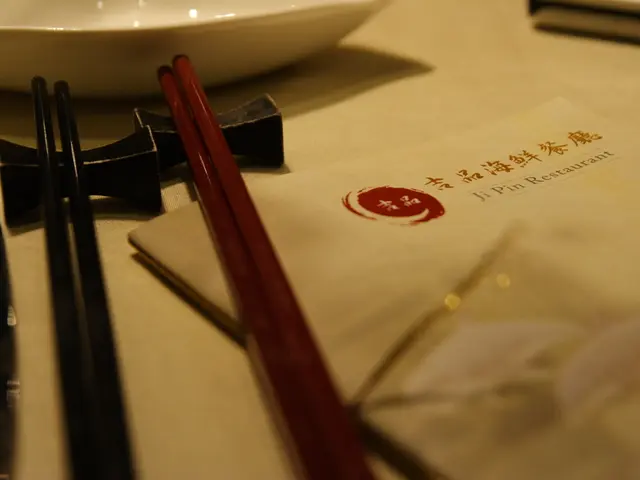Maintaining Soil Integrity during Plant Shipping for Secure Transportation
Shipping plants can be a rewarding experience, but it's essential to follow the right steps to ensure their safe arrival. Here's a comprehensive guide to help you navigate the legal requirements and best practices for shipping plants.
Compliance and Legal Requirements
When shipping plants internationally, compliance with phytosanitary regulations is crucial. These regulations typically include obtaining proper certification, using approved packaging materials, and ensuring treatment of plant products to prevent pest spread.
Fumigation and Treatment of Wooden Packaging Materials
Fumigation and treatment of wooden packaging materials, such as pallets and crates, are mandatory in many countries, including the EU and US, under ISPM 15 standards. This process prevents the spread of pests and requires fumigation and marking to certify the materials as pest-free.
Phytosanitary Certificates
A phytosanitary certificate is mandatory when shipping plants and other regulated items internationally. These certificates, issued by relevant authorities (such as National Plant Protection Organizations), verify that the plants and plant products have met import country health and safety requirements.
Destination Country-Specific Restrictions
It's vital to identify and comply with destination country-specific restrictions and import requirements. This may involve inspection, sampling, and testing of seeds or other plant materials under standards such as ISPM 38 for seeds and ISPM 39 for wood.
Regulated Shipping Methods and Documentation
Using regulated shipping methods and documentation tailored to plants and plant products is essential. Correct labeling and proof of treatment help avoid shipment refusal, quarantine, or destruction at borders.
Best Practices for Packaging Plants
Choosing a Shipping Company
When choosing a shipping company, consider shipping restrictions, shipping time, shipping cost, shipping insurance, temperature control, and handling instructions.
Packaging Plants for Shipping
For potted plants, wrap the entire plant and pot in bubble wrap or foam padding. If shipping bare-root plants, wrap the roots in damp paper towels, peat moss, or damp sphagnum moss to retain moisture. For plants with delicate foliage, protruding branches, or long stems, secure them with plant ties, soft string, rubber bands, or twist ties to prevent breakage.
Additional Protections
Use cushioning materials such as newspaper, shredded paper, tissue paper, packing paper, or packing peanuts to fill any extra space in the box for added protection. If shipping a potted plant, consider adding a cardboard collar around the base of the plant to keep the soil in place.
Special Considerations
Certain states within the US have stringent restrictions on importing specific plant types, so it's advisable to research the regulations of the particular state being shipped to. It is illegal to ship citrus plants to California from any other state. Geraniums require a specific soil pH for optimal growth.
Shipping Schedule
To ensure the safe arrival of plants, opt for expedited shipping services and avoid weekends and holidays. When shipping plants early in the week, plan for a delivery time of two to three days to prevent plants from perishing.
For international shipping, it's crucial to research the individual country's guidelines before finalizing the shipment. Working with logistics providers experienced in international plant shipping can help navigate these complex legal restrictions effectively.
- To maintain a desired lifestyle with fashionable and beautiful plants, it's important to adhere to legal requirements when shipping them internationally, such as obtaining phytosanitary certificates and complying with ISPM 15 standards for wooden packaging materials.
- Whether you're a food enthusiast seeking exotic ingredients or a home gardener interested in new species, the packaging of plants for shipping is crucial, with care given to protecting plants using bubble wrap, padding, or damp materials while ensuring adequate cushioning and temperature control.
- For those planning a leisurely getaway or a thrilling casino experience overseas, it's essential to be aware of destination country-specific restrictions and import requirements, ensuring a smooth and enjoyable travel or gambling experience.




